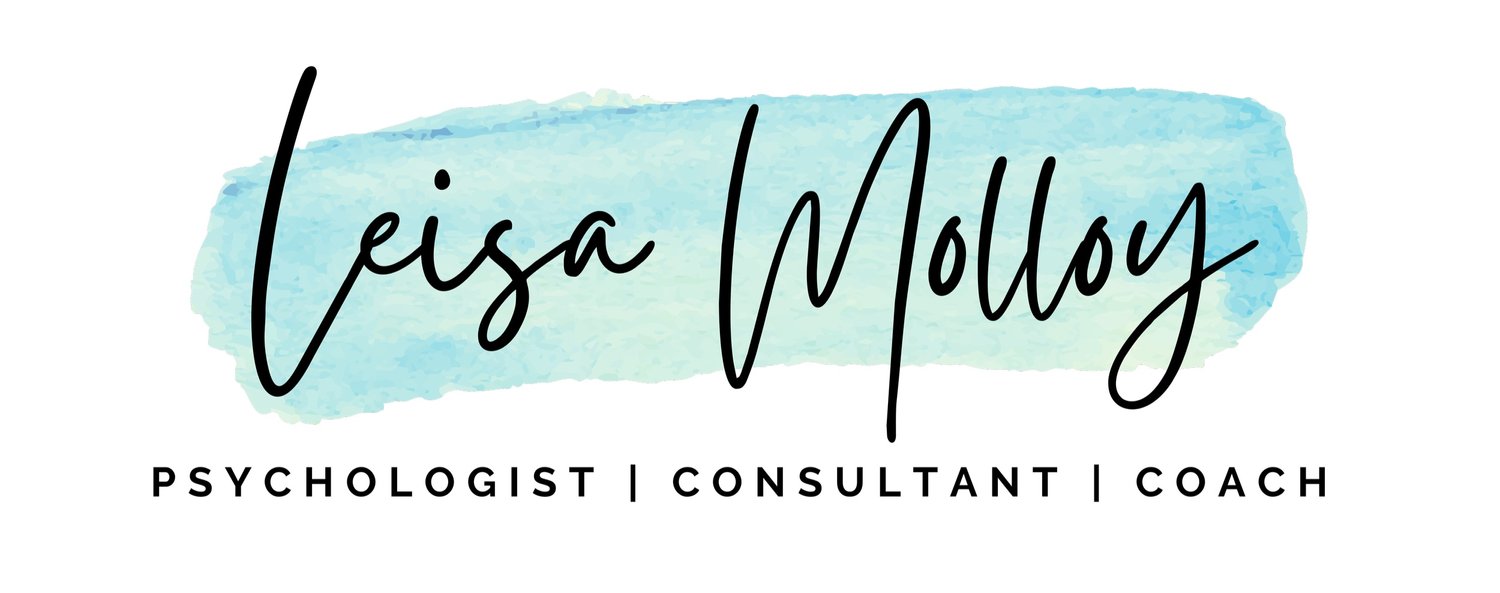
Psychological Safety Programs & Consulting
Psychological safety isn’t a “nice to have”.
Instead, research shows it to be a critical driver of team and organisational performance.
It’s also a key ingredient in building a workplace culture that attracts & retains talent.
What is psychological safety?
Ultimately, psychological safety refers to a belief that it is ‘safe’ to speak up and share your ideas, ask questions, raise concerns, and challenge the status quo at work.
There is no perceived risk in demonstrating these behaviours - employees aren’t concerned that doing so could potentially lead to a negative outcome (e.g. being excluded, disadvantaged, or embarrassed).
Put differently, it’s a shared belief among group members that it's okay to be themselves, take risks and be vulnerable with each other.
In working with clients, I often share the idea that psychological safety is like oxygen - when there’s plenty of it, we don't give it much thought. But the second it's gone, it becomes all we can think about!
Why does psychological safety matter?
Just as oxygen is essential for the survival of the human body, psychological safety is essential for teams to survive, thrive and flourish.
Indeed, decades of research have provided solid evidence that high levels of psychological safety lead to tangible benefits for organisations, significantly impacting productivity and performance (Radecki & Hull, 2018).
Google’s famous "Project Aristotle” put psychological safety in the spotlight after identifying this as the most critical ingredient for high-performing teams.
It has been said that “no other cultural initiative or employee development program can succeed without first creating psychological safety” (LeaderFactor, 2022).
This has certainly proven true in my experience, which includes witnessing the negative impacts of low levels of psychological safety across a broad range of teams and organisations.
Why measure & explore Psychological Safety?
Psychological safety doesn’t happen automatically, and is not a 'once and done’ thing.
Instead, it’s quite fragile - in that individual and collective perceptions around emotional and psychological safety constantly evolve in response to social & cultural dynamics. Our personal experiences, attitudes, traits, and beliefs also play a role, sometimes resulting in individual team members perceiving things quite differently.
And because our brains are ‘hardwired’ to keep us safe, our default mode is to presume some level of risk or threat in most environments..!
The upshot of this? Creating & maintaining psychological safety requires ongoing effort and attention, making it valuable to ensure regular processes are in place for understanding how team members are feeling.
What might a Psychological Safety Program look like?
When seeking to measure, explore, or address issues around perceived psychological safety within teams or groups, there is NO ‘one size fits all’ solution.
Given this, it can be difficult to say exactly what a program or intervention focused on psychological safety might look like without having first had an opportunity to get to the 'heart’ of your current needs, challenges, and goals. Every team, organisation & environment is unique. As such, some ‘discovery’ often becomes the first step in working together.
In general, however, a program focused on strengthening psychological safety might involve a few different stages, as outlined in the simple diagram below. Typically, I partner with clients to identify those options most likely to achieve desired outcomes given the current climate, environment, challenges, and opportunities facing the team - also taking practical considerations into account (e.g. time, budget, etc.).
Program Options & Activities
Depending on your desired outcome, programs can include a range of different ‘touch points’ and activities designed to achieve some or all of the following...
Introducing key concepts around psychological safety
Creating a common language for the team
Building commitment & engagement; creating transparency & open dialogue
Measuring perceived levels of psychological safety (see info on tools below)
Collectively reviewing & exploring results; identifying key themes & opportunities
Designing behavioural 'experiments’ for individuals & teams
Practising new skills & behaviours (i.e. to support psychological safety)
Identifying ways to embed new habits, behaviours, and ways of working
Regularly checking in to monitor progress (and identify opportunities to further ‘level up’!)
A key focus is helping individuals & teams to constantly test, experiment, evaluate, and flexibly adapt when 'trying out' new approaches & behaviours.
The duration, cost, and level of participant involvement can significant vary depending on key goals, needs, and challenges. The best way to explore your options? Get in touch for a chat!
What are some tools for measuring Psychological Safety?
Several options exist with regard to different tools or instruments that can be used to measure perceived levels of psychological safety. Each has different features, with the ‘right’ tool depending heavily on your specific goals, situation, and the extent to which an experienced facilitator will support the process of exploring individual & collective results.
Always remember - the tool itself WON’T solve problems or ‘magically’ lead to outcomes! Instead, it’s simply an instrument that needs to be accurately interpreted to skillfully facilitate important conversations. Here are some features of two recommended and research-backed survey tools.
The Fearless Organization Scan
(Amy Edmondson)
Based on Amy Edmondson’s 30+ years of research & work in psychological safety and ‘teaming’
Includes only 7 survey items; 5 mins to complete
Measures 4 dimensions - Willingness to Help, Inclusion & Diversity, Attitude Towards Risk & Failure, and Open Conversation
Quick to complete, simple, provides limited quantitative data; exploring results and identifying the “so what” requires a greater level of facilitation.
The S.A.F.E.T.Y Assessment
Academy of Brain-Based Leadership
Describes 6 domains of threat or reward that are important to the brain: Security, Autonomy, Fairness, Esteem, Trust, and You (individual needs)
Ranks & quantifies your brain’s S.A.F.E.T.Y. (TM) needs
Explores the potential impacts of your profile on you & those around you
Can be used to map team patterns, supporting healthy discussion
Includes 50 survey items; 15-20 mins to complete
Based on the Academy of Brain-based Leadership’s research (learn more here)
Why work with me to explore Psychological Safety?
As a Masters-qualified, registered Organisational Psychologist with 20 years of consulting experience, I support leaders and teams in measuring, exploring, and strengthening psychological safety.
Along with my qualifications in organisational psychology, I hold certifications in Amy Edmondson’s Fearless Organisation Scan and ABL’s S.A.F.E.T.Y. Assessment tool for both individuals and teams.
I take a tool-agnostic approach, selecting assessments based on the needs and context of each organisation.
I’ve also worked extensively with the SCARF model of social ‘threat’ and reward, integrating these and other concepts from neuroscience research into leadership development and coaching programs.
My work in psychological safety is informed by expertise in behavioural change, organisational psychology, talent management, employee engagement, and positive psychology.
Keen to chat further about Psychological Safety in your team?
Reach out for a confidential chat about ways to explore & strengthen psychological safety within your team or organisation.







